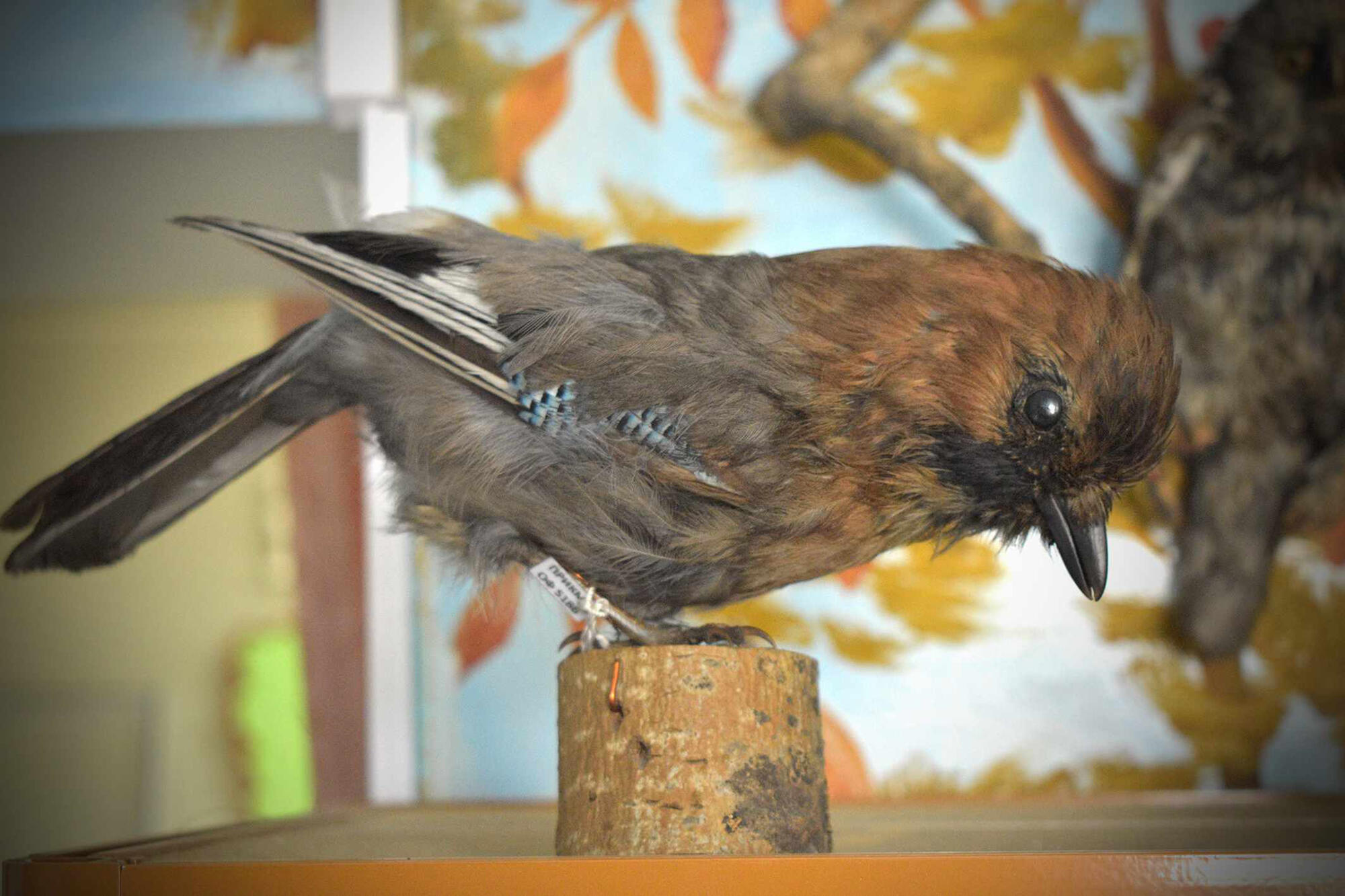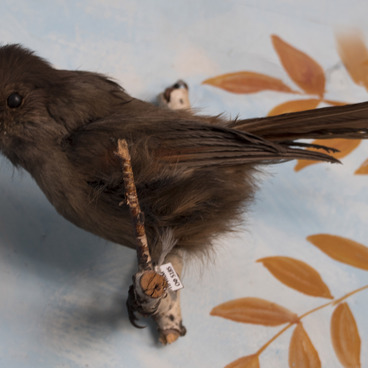The Bohemian or common waxwing is a passerine bird. It is fairly small in size with bright plumage. Its unusual name in Russian comes from the word ‘svirel’, a folk flute-type wind instrument, which produces sounds that resemble the bird’s unique songs.
Bohemian waxwings move through the air quite quickly and their flight paths are direct. Adults, on average, reach up to 20 centimeters in length and weigh approximately 60 grams. Another distinguishing characteristic of this bird is the fairly noticeable tuft of feathers on the crown of its head. The common waxwing’s tail, neck and area around the eyes are black. The ends of its wings’ secondary lift feathers are varied shades of bright red in color and are especially noticeable from a short distance. The edge of the tail is bright yellow.
The bird has strong feet armed with curved claws meant for gripping branches tightly. Bohemian waxwings are viewed as fairly inactive birds that gather into numerous flocks during the mating season and move around energetically in search of food. The replacement of feathers (molt) takes place once a year, in October to November.
Common waxwings are considered to be the closest relatives of sparrows. In their natural habitats, they can live for approximately 12 years. These birds are often held captive but they are never truly tamed. If conditions in captivity are sufficiently comfortable, their lifespans can increase to about 15 years.
Typically, Bohemian waxwings have a plant-based diet — they eat fruit and berries. In spring time, these birds consume buds of various plants, and in summers, the food available to them is much more varied and includes insects. Since common waxwings travel in groups, they easily catch their prey while in flight. The birds also consume larvae and young shoots.
Bohemian waxwings prefer to build their nests on tall trees in sparse woods. Its nest is bowl-shaped and located right at the top of a tree. The birds use grass, animal fur, dry moss as well as small twigs of trees or bushes in its construction. The bottom part of the nest is typically lined with softer materials. These abodes are most often located at the edges of a forest near water bodies.
Every year, common waxwings find themselves a new partner. During courtship, a male feeds his partner berries. Bohemian waxwings migrate south as soon as it gets really cold or it snows for the first time.
Bohemian waxwings move through the air quite quickly and their flight paths are direct. Adults, on average, reach up to 20 centimeters in length and weigh approximately 60 grams. Another distinguishing characteristic of this bird is the fairly noticeable tuft of feathers on the crown of its head. The common waxwing’s tail, neck and area around the eyes are black. The ends of its wings’ secondary lift feathers are varied shades of bright red in color and are especially noticeable from a short distance. The edge of the tail is bright yellow.
The bird has strong feet armed with curved claws meant for gripping branches tightly. Bohemian waxwings are viewed as fairly inactive birds that gather into numerous flocks during the mating season and move around energetically in search of food. The replacement of feathers (molt) takes place once a year, in October to November.
Common waxwings are considered to be the closest relatives of sparrows. In their natural habitats, they can live for approximately 12 years. These birds are often held captive but they are never truly tamed. If conditions in captivity are sufficiently comfortable, their lifespans can increase to about 15 years.
Typically, Bohemian waxwings have a plant-based diet — they eat fruit and berries. In spring time, these birds consume buds of various plants, and in summers, the food available to them is much more varied and includes insects. Since common waxwings travel in groups, they easily catch their prey while in flight. The birds also consume larvae and young shoots.
Bohemian waxwings prefer to build their nests on tall trees in sparse woods. Its nest is bowl-shaped and located right at the top of a tree. The birds use grass, animal fur, dry moss as well as small twigs of trees or bushes in its construction. The bottom part of the nest is typically lined with softer materials. These abodes are most often located at the edges of a forest near water bodies.
Every year, common waxwings find themselves a new partner. During courtship, a male feeds his partner berries. Bohemian waxwings migrate south as soon as it gets really cold or it snows for the first time.



